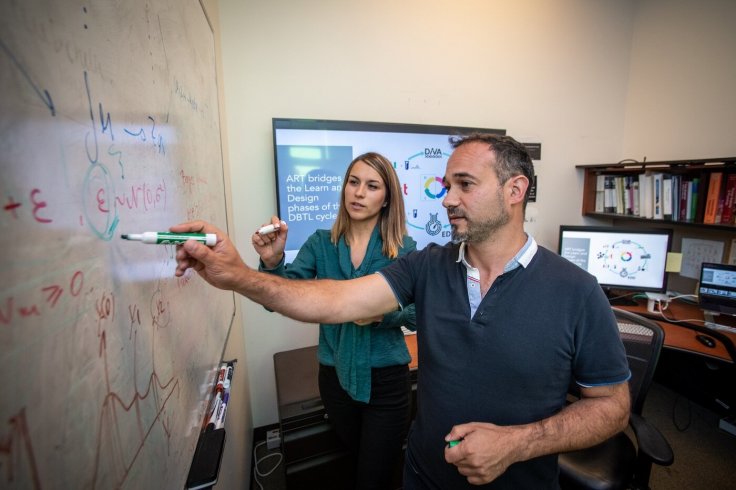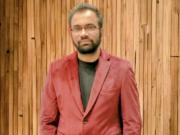Artificial intelligence and machine learning are changing the way scientific researches are being conducted. Take the example of bioengineering. In conventional research, scientists use the trial and error method to produce a cell or design a biological system that can help in fighting disease. However, the conventional approach contains a trial and error method that is not only mundane and laborious but also time-consuming.
But machine learning is made for such mundane tasks and if scientists can teach the system what needs to process, it can fasten up the process. Scientist at the depart of energy at Lawrence Berkeley National Laboratory is doing exactly that. They have developed a tool that makes use of machine learning algorithms for synthetic biology that can systematically develop.

'Revolutionary'
The development is in many ways revolutionary. Now, scientists don't have to go through the trial and error method to design systems of each cell. Instead, the innovative tool can leverage the limited amount of training data to predict the changes in a cell's biochemistry, saving time for researchers. It will also make recommendations based on DNA or biochemistry and behavior so that scientists can adjust the next cycle to achieve the target.
"The possibilities are revolutionary. Right now, bioengineering is a very slow process. It took 150 person-years to create the anti-malarial drug, artemisinin. If you're able to create new cells to specification in a couple weeks or months instead of years, you could really revolutionize what you can do with bioengineering," said Hector Garcia Martin, lead researcher of the project at Berkeley Lab's Biological Systems and Engineering (BSE) Division.
Martin worked with BSE data scientist Tijana Radivojevic and a team of international researchers to develop the patent-pending algorithm that they call Automated Recommendation Tool (ART). They have published a research paper in the journal Nature.

Synthetic Biology
For now, ART will help only in synthetic biology. If you are wondering what is synthetic biology, it is an area where scientists develop biological entities in the lab that can help in research and development of medicines for various diseases. There is also the use of synthetic meat that is slowly replacing the 'real' meat in burgers and other food items. Such meats are synthetically grown in labs and it offers exactly the same taste. Synthetic biology also helps in agriculture and beauty products such as collagen.
Now let's find out how ART can help synthetic biology. To increase the production of tryptophan — an amino acid — by yeast, scientists used ART to lead the metabolic engineering process. The team selected five genes with each controlled by different gene promoters for the experiment. With about 8,000 possible combinations of biological pathways, they sent experimental data of just 250 possibilities to the team in the Novo Nordisk Foundation Center for Biosustainability at the Technical University of Denmark that represented just three percent of all possible outcomes.

Scientists in Denmark used the data of 250 possible combinations to train the algorithm. From the dataset, ART was able to "understand" the amount of amino acid production that can lead to certain gene expression. ART then used statistical readings to calculate how each of the remaining combinations could impact tryptophan production. The tool recommended a 106-percent increase in tryptophan production.
"This is a clear demonstration that bioengineering led by machine learning is feasible, and disruptive if scalable. We did it for five genes, but we believe it could be done for the full genome," said Martin, adding that by using ART it can help scientists devote their time to creative aspects of research as the tool will go through all the routine stages of an experiment. It remains to be seen if such algorithms can be developed for use in pharmaceutical research or virology research in the future.









